You can’t spend much time around the construction industry these days without hearing the term “Construction by Components” (CBS). It’s a new approach that’s transforming the way buildings and infrastructure projects are created.
Simply put, CBS is a method where buildings are assembled using individual components that are produced off-site and then delivered to the construction site for installation. This technique’s relevance to the modern construction industry can’t be overstated.
As we confront growing demands for efficiency, cost-effectiveness, and sustainability, CBS emerges as a potent solution. It streamlines construction processes, reduces waste, and allows for a greater degree of control and precision, becoming a crucial tool in the industry’s arsenal.
Components
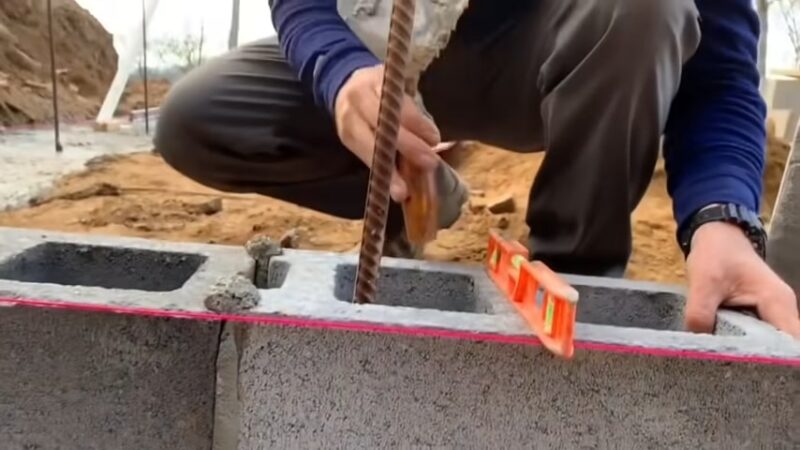
So what does CBS entail, exactly? At its core, it’s all about components. These are pre-manufactured elements designed to specific standards, created off-site, and assembled on-site. The scope of these components can be quite varied. They encompass everything from the very skeleton of the building to the skin that wraps it up.
Prefabricated elements are a major part of CBS. These are larger sections of a building, like walls, floors, and roof segments, built in factories and transported to the site. Next, we have structural components, the backbone of any building. These can include steel frames, concrete slabs, and foundational elements, all precisely engineered for durability and safety.
Mechanical and electrical components form another category, encapsulating all the elements required for heating, cooling, lighting, and other essential systems within the building. Finally, we have interior and exterior finishes – the façades, the wall coverings, the floorings, and more. These components give the building its aesthetic appeal and functionality while meeting essential safety and performance standards.
Advantages
The advantages of CBS are manifold. Firstly, speed and efficiency take a front seat in this construction process. With components manufactured off-site, construction time can be significantly reduced, enabling faster project delivery. It’s not unusual for CBS to cut traditional timelines in half.
Another major benefit is cost-effectiveness and labor efficiency. With components produced in a controlled factory setting, there’s less need for skilled labor on-site. This can lead to substantial savings on labor costs and help address shortages of skilled workers, a common issue in the industry.
CBS also offers enhanced quality and precision. Each component is made in a controlled environment with exact measurements, leading to better quality control and reduced errors on-site. Finally, safety is a significant benefit. With less on-site construction activity, there are fewer chances for accidents, making it a safer option for workers.
Applications
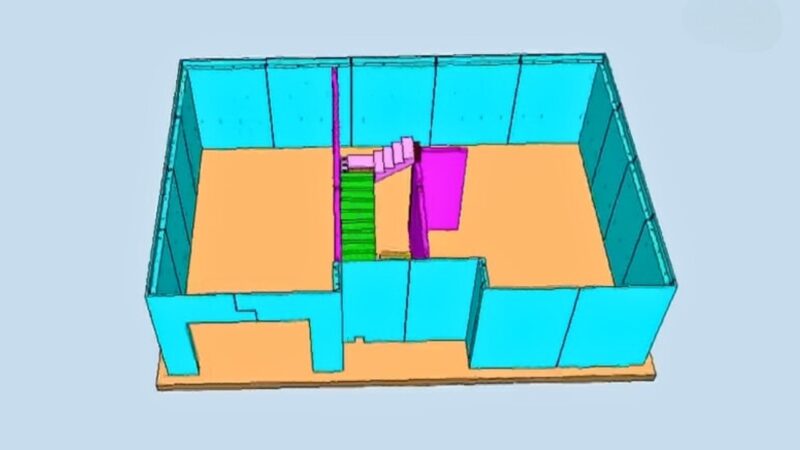
When it comes to applications, CBS is proving its mettle across various project types. Residential construction is one such domain. From single-family homes to multi-story apartment complexes, it allows for rapid, high-quality, and efficient construction. The precision of factory-produced components and their ease of assembly have made CBS an attractive option for housing developers.
In the realm of commercial and industrial projects, CBS shines, too. Office buildings, factories, warehouses – all can benefit from the speed and efficiency it offers. Given these projects often operate under tight deadlines and strict budgets, the cost and time-saving benefits can be a game-changer.
Moreover, CBS is not just confined to buildings. Infrastructure and transportation projects like bridges, railway stations, and airports are also leveraging CBS. The ability to manufacture key components off-site and assemble them on-site minimizes disruption to the public and allows for a swifter process.
Challenges and Limitations
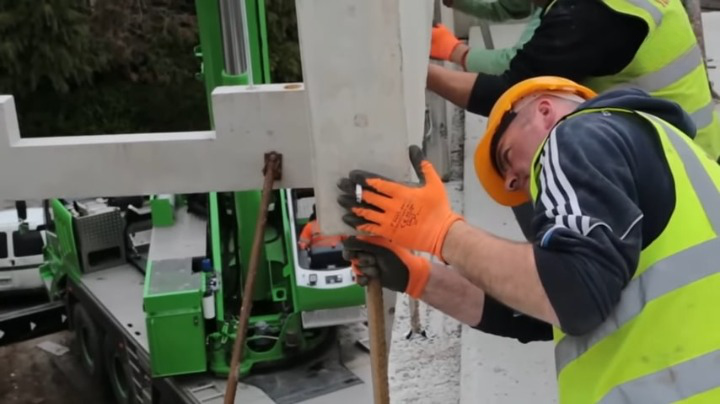
Despite its benefits, CBS does come with its own set of challenges and limitations. One of the major issues is the complexity involved in the design and engineering process. Each component must be designed with extreme precision to ensure it fits perfectly with others, and this requires advanced planning and coordination between architects, engineers, and builders.
Transportation and logistics also pose a significant challenge. Moving large, prefabricated components from the factory to the construction site requires specialized transportation and careful planning to avoid damages or delays.
Moreover, integrating CBS with traditional construction methods can sometimes be tricky. Not all components can be prefabricated, and harmonizing the on-site and off-site processes can present logistical and managerial hurdles.
CBS vs. Traditional Construction
When compared to traditional construction, CBS presents a unique set of pros and cons. On the plus side, it’s faster, more cost-effective, and offers higher precision and quality control. It can significantly reduce on-site labor requirements, lessen construction-related disturbances, and generally lead to safer sites.
However, on the downside, CBS requires detailed pre-planning, and any changes or adjustments post-production can be challenging and costly. Unlike traditional construction, which allows more flexibility on-site, it is less forgiving to design changes once components are manufactured.
Furthermore, the logistics of transporting large components from the factory to the site can be complex and could potentially offset some of the cost savings gained from off-site manufacturing. Yet, with adequate planning and management, many of these challenges can be mitigated, making it a compelling alternative to traditional construction.
Sustainable and Green Aspects
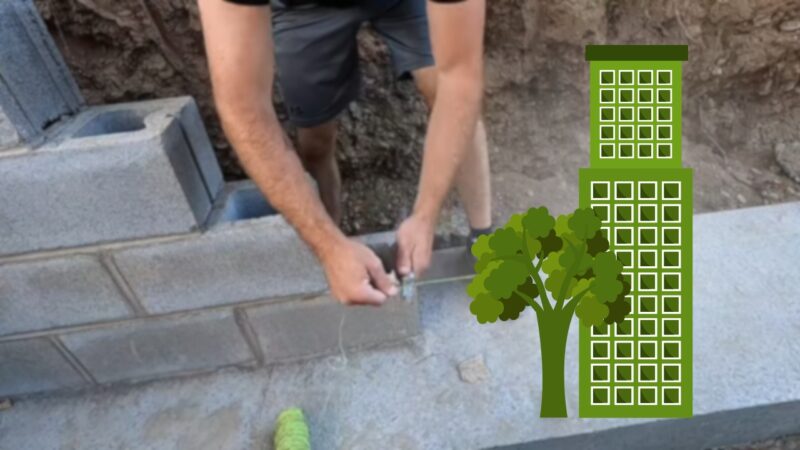
One of the most appealing features of CBS is its contribution to sustainability and green building practices. A significant aspect of this is the reduction of material wastage. Since components are manufactured in a controlled environment, there is precise control over the materials used, which minimizes excess and waste.
Moreover, CBS lends itself well to energy-efficient construction techniques. Prefabricated elements can be designed with advanced insulation and passive solar techniques to reduce energy use over the building’s lifetime. Components can be built to precise specifications that enhance energy performance, leading to lower carbon emissions and utility costs.
Even beyond that, the design possibilities with CBS are practically limitless. Eco-friendly materials can be incorporated into the components, rooftop gardens can be pre-planned, and components can be designed for future recyclability. These aspects highlight how it can contribute to creating a more sustainable and eco-friendly construction industry.
Case Studies
Across the globe, CBS has been successfully implemented in a variety of projects. One such example is the construction of the ‘B2 Tower’ in Brooklyn, New York, which, when completed, became the world’s tallest modular building. Its 32 stories were constructed using prefabricated modules, each complete with interior finishes and fittings, demonstrating the potential on a grand scale.
Another remarkable example can be found in Singapore, with the Clement Canopy residential complex. Comprising two 40-story towers, the building holds the record for the tallest modular towers globally. The project showcased the potential of CBS in achieving high-quality construction while saving time and reducing labor requirements.
Future Trends
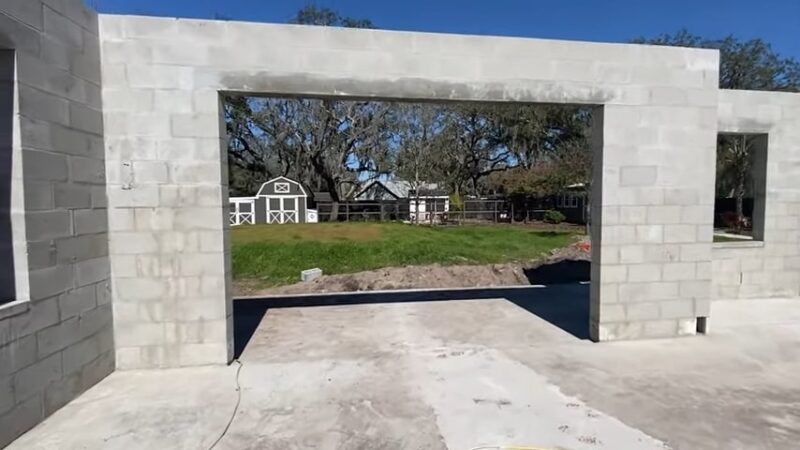
As we look ahead, technological advancements promise to further evolve CBS. Robotics and automation in component production can lead to even greater precision and efficiency. At the same time, the rise of smart components – elements equipped with sensors and Internet of Things (IoT) capabilities – could enable buildings to ‘communicate’ and adapt to their occupants’ needs.
Another exciting development is the integration of Building Information Modeling (BIM) with CBS. BIM is a 3D model-based process that gives architecture, engineering, and professionals the insight and tools to more efficiently plan, design, construct, and manage buildings. By combining BIM with CBS, professionals can visualize the entire construction process in a digital model before construction begins, facilitating coordination, reducing errors, and promoting a smoother process.
Indeed, the future of CBS looks bright and is set to usher in a new era of smarter, more sustainable, and more efficient construction.
While we delve into the intricacies of CBS in construction, it’s also beneficial to understand other construction materials and their differences, as detailed in this resource.
FAQ
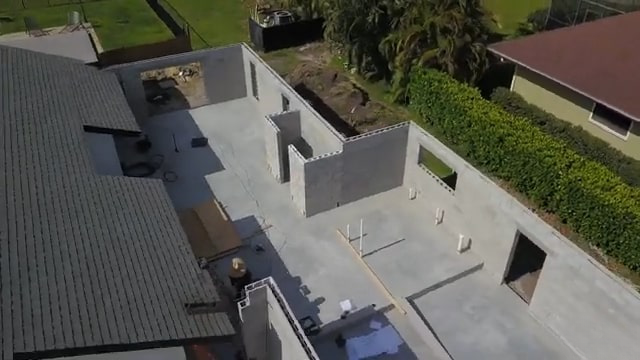
Understanding CBS might bring up several questions. Here are some common queries answered:
What is the main difference between CBS and modular construction?
While they share similarities, modular construction focuses on building entire rooms or sections off-site. CBS, in contrast, involves various components, not just complete modules.
Can CBS be applied to large-scale projects?
Absolutely! As highlighted in the case studies, CBS has been successfully implemented in large-scale residential and commercial projects.
How does CBS impact the overall cost of construction?
It can lead to significant cost savings, primarily through reduced labor requirements and efficient use of materials.
What are the key factors to consider when implementing CBS?
Some crucial considerations include detailed planning, coordinating between teams, and effectively managing the logistics of transporting components.
Is CBS suitable for all types of construction projects?
While it has a wide range of applications, the suitability depends on the specific project requirements, budget, and timeline.
How can CBS contribute to sustainable building practices?
It can lead to reduced material wastage, enable energy-efficient construction techniques, and offer eco-friendly design possibilities.
What are some notable challenges that arise during CBS projects?
Key challenges include design and engineering complexities, logistics, and integration with traditional construction methods.
Conclusion
In summary, Construction by Components (CBS) represents a significant shift in the construction industry. With its promise of speed, cost-effectiveness, and precision, it’s already revolutionizing how we build. Despite the challenges it presents, with careful planning and the right approach, CBS holds immense potential for shaping the future of construction – a future that’s not only efficient and quality-driven but also sustainable and eco-friendly.
